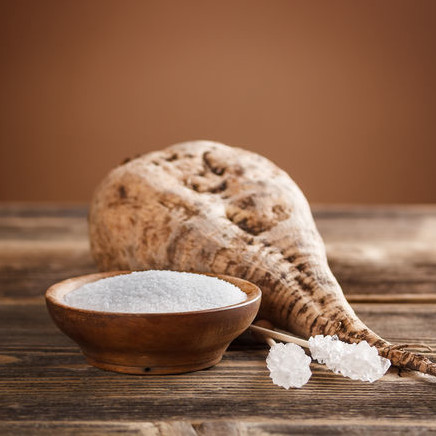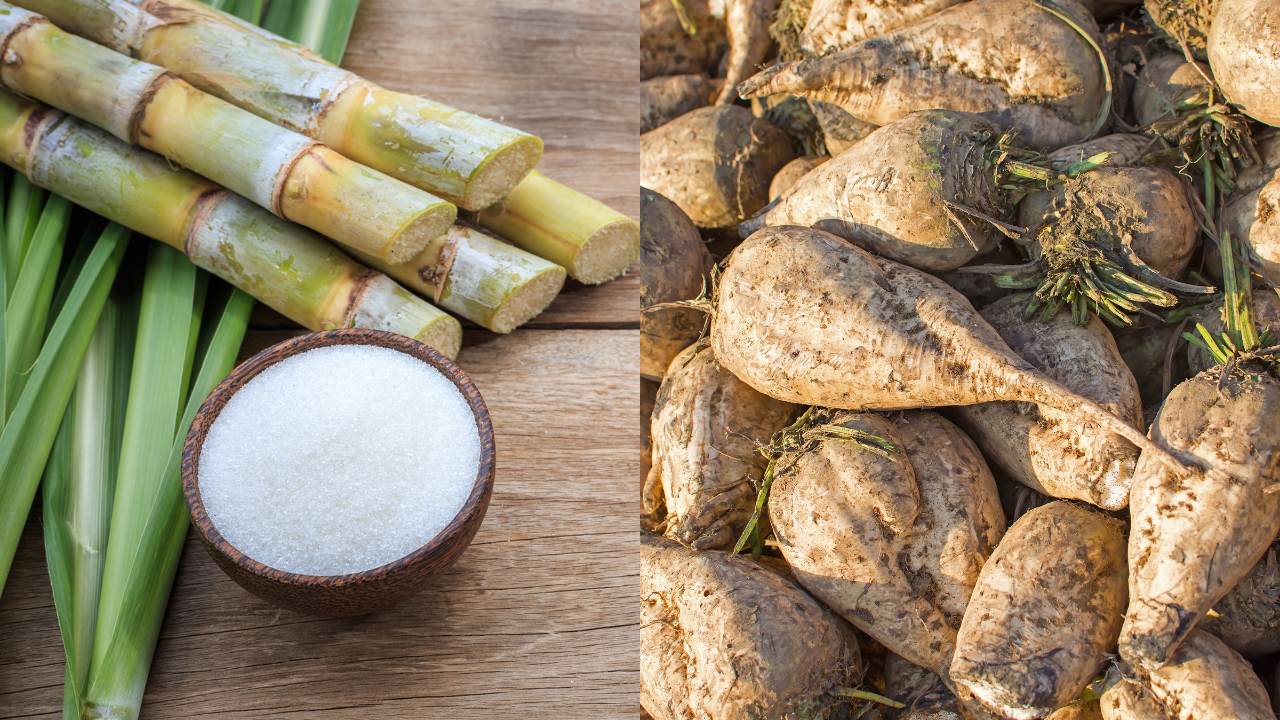Many people compare beet sugar vs cane sugar to understand their distinctions in sweetness and texture.
Understanding the Nutritional Advantages of Beet Sugar Vs Cane Sugar for Health Conscious Consumers
When analyzing the dietary implications of beetroot sugar versus walking cane sugar, health-conscious consumers find that both ranges mostly consist of sucrose and offer comparable calorie worths, each adding around 16 calories per teaspoon. Regardless of this resemblance, neither kind gives significant wellness benefits, as they are empty of vital nutrients. Checking out the more comprehensive impacts, including environmental factors to consider and lasting health and wellness effects of sugar intake, may illuminate more nuanced differences between these 2 sugars.
Nutritional Profile and Caloric Value of Beet Sugar and Cane Sugar
Although both beetroot sugar and walking cane sugar are mostly made up of sucrose, their dietary profiles and calorie worths are extremely similar. Each gives about 16 calories per teaspoon and consists virtually completely of carbohydrates, with marginal quantities of protein or fat. These sugars also lack significant amounts of vitamins or minerals. The refinement process strips away most of the integral nutrients, providing both kinds virtually identical in regards to nutrition. There are trace differences in the pollutants that stay after handling, which can somewhat affect the flavor and shade of the sugars, yet these are minimal in terms of wellness influence. For customers concentrating on nutritional impact, the selection between beet and walking cane sugar is extra concerning personal preference or possible ecological issues instead of nutritional distinctions. Both must be consumed in moderation within a balanced diet plan as a result of their high calorie content and absence of necessary nutrients (beet sugar vs cane sugar).
Ecological Impact and Sustainability of Sugar Production
While the dietary distinctions between beet sugar and walking cane sugar are marginal, their production procedures offer more substantial variations, particularly in regards to ecological influence and sustainability. Cane sugar manufacturing typically includes considerable land use and deforestation, which adds to environment destruction and biodiversity loss. This agriculture is additionally related to high water consumption and water air pollution as a result of the runoff of pesticides and fertilizers. In contrast, beetroot sugar production generally needs less land and can be grown in more warm climates, which might minimize why not try this out the need for irrigation and the connected water source deficiency.
Nevertheless, beetroot cultivation is not without its environmental difficulties; it entails considerable energy inputs, particularly in the north climates where it is expanded, as a result of the demand for longer heating periods in sugar processing. Both sugar beet and sugar walking cane industries are checking out much more lasting techniques, including plant turning, chemical-free farming, and improved waste monitoring techniques to reduce these impacts.
Health And Wellness Consequences and Recommendations for Sugar Consumption
In spite of their minimal dietary differences, both beetroot sugar and walking stick sugar can have harmful wellness effects when eaten in unwanted. High consumption of either kind of sugar adds to a variety of wellness concerns, consisting of excessive weight, kind 2 diabetic issues, and heart problem. Both sugars are pure sucrose and offer no crucial nutrients apart from calories, leading to quick spikes in blood sugar level levels upon consumption.


Conclusion
